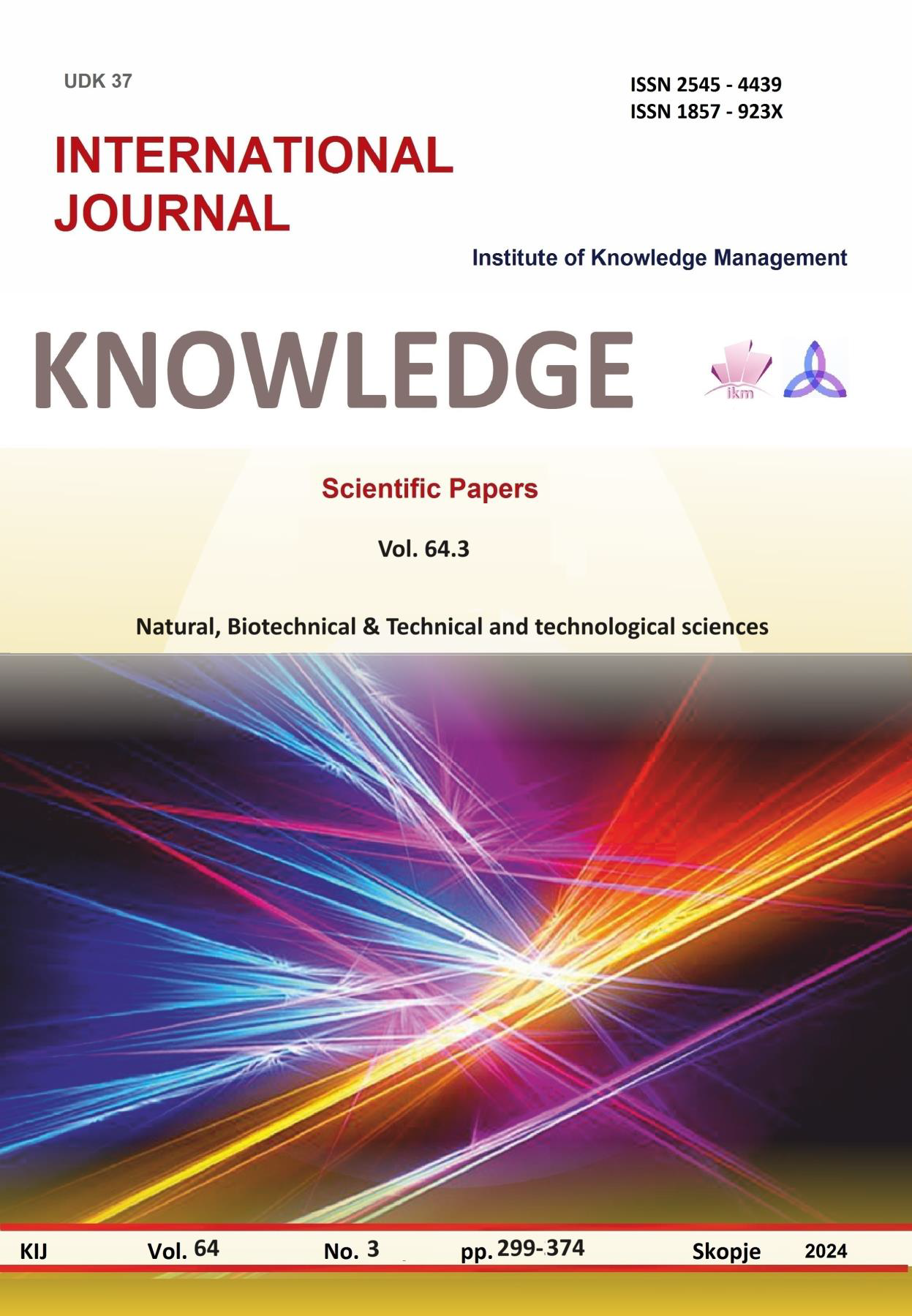ОПТИМИЗАЦИЈА НА МЕТОДА ЗА ИЗОЛАЦИЈА И ПРЕКРИСТАЛИЗАЦИЈА НА КОМЕРЦИЈАЛЕН ЕКСТРАКТ ОД КУРКУМИН: TЕНКОСЛОЈНА И КОЛОНСКА ХРОМАТОГРАФИЈА
METHOD OPTIMIZATION FOR ISOLATION AND RECRYSTALLIZATION OF COMMERCIAL CURCUMIN EXTRACT: TLC AND COLUMN CHROMATOGRAPHY
Author(s): Zlatko Lozanovski, Tatjana Nestorovska, Angelka Jankulovska, Daniela Petkovska, Denis ArsovskiSubject(s): Social Sciences
Published by: Scientific Institute of Management and Knowledge
Keywords: curcumin;bisdemotoxicurcumin;demotoxicurcumin;purification;TLC
Summary/Abstract: Curcumin is an active component of the rhizome perennial plant turmeric (Curcuma longa) which belongs to the ginger family (fam. Zingiberaceae). Depending on the origin and the country where it grows, turmeric contains from 2% to 6% curcuminoids. The dominant component is curcumin (CUR), followed by demotoxicurcumin (DMCUR) and bisdemotoxicurcumin (BDMCUR). In the literature there is no simple reproducible method for obtaining curcumin on a microscale, therefore we optimized a procedure for the purification of curcumin from a mixture with other curcuminoids. The best method of purification is by a cross-precipitation combination of 10:1 (V/V) 2-propanol/acetone, finalized by gradient-elution column chromatography 99:1 (V/V) dichloromethane/methanol, 97:3 (V/V) dichloromethane/methanol and 95:5 (V/V) dichloromethane/methanol. The purity of the products can be checked by TLC and the key is the choice of a solvent that should move the products with an Rf value above 0.3. For this purpose, 97:3 (V/V) dichloromethane/methanol was most suitable. Although spots on silica gel plates can be seen with the eye, they are best visualized with a UV lamp at a wavelength of 254 nm or 366 nm.
Journal: Knowledge - International Journal
- Issue Year: 64/2024
- Issue No: 3
- Page Range: 321-327
- Page Count: 7
- Language: Macedonian

